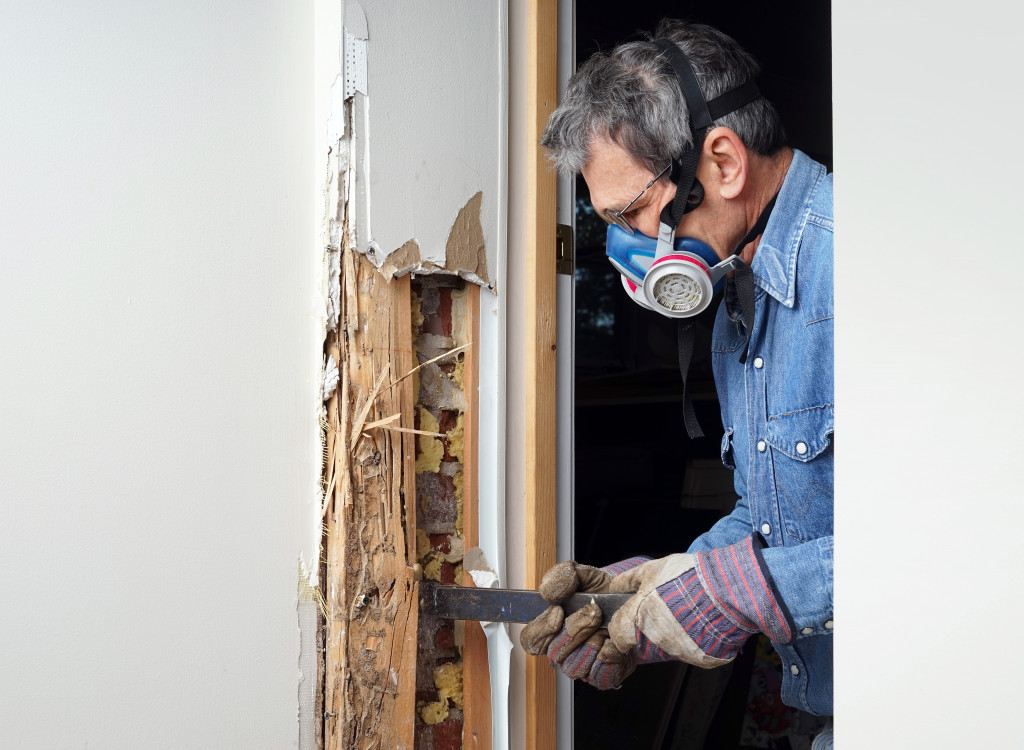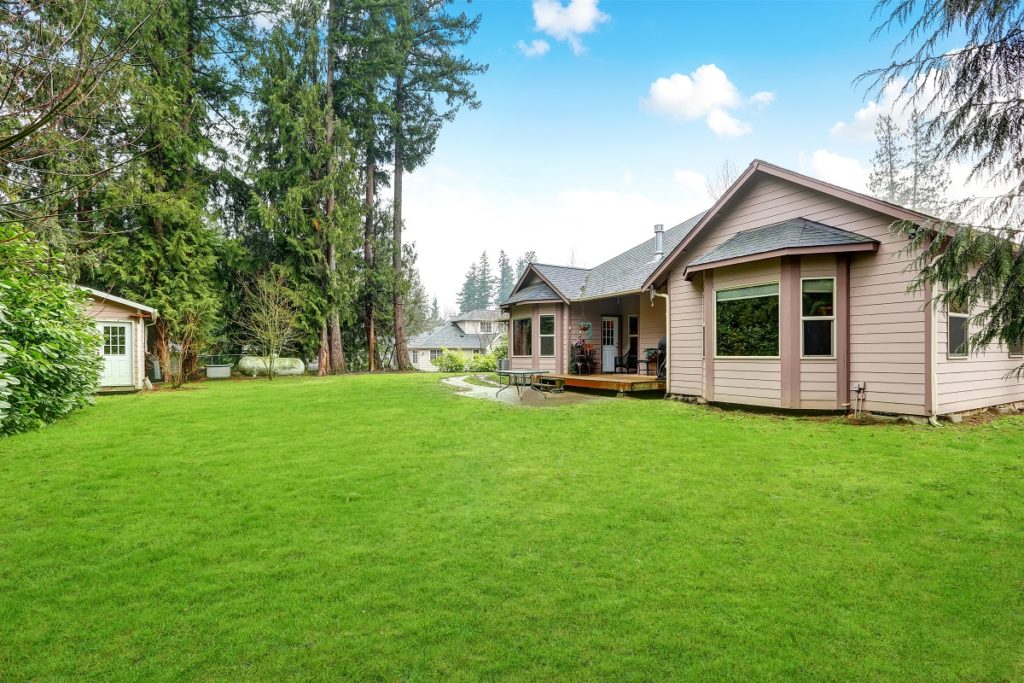- Research local markets to find the best deals on the properties you can flip.
- Get your finances in order before starting your project.
- Make any necessary repairs and improvements.
- Improve curb appeal to stand out from the competition.
Flipping a house is an attractive prospect for many property investors. Not only does it offer the potential for a great return on investment, but it can also provide a lot of satisfaction from transforming an unloved property into something special. However, flipping a house isn’t always easy; there are many factors to consider and steps to take to ensure the project is successful. Here’s a step-by-step guide to flipping a house and making money.
Step 1: Research Your Market & Find Deals
The key to success when flipping houses is finding the right property at the right price. You need to research local markets and find out where you can get good deals on properties with potential improvement. Look at foreclosures, short sales, auctions, and estate sales—anywhere you can find distressed properties. Also, consider whether you want to work in your local area or look further afield for more profitable opportunities. Some ways to save money and increase your profits include:
Negotiating with sellers
Many sellers are open to negotiation, so it pays to be assertive. If you can negotiate a lower price on the property and any additional costs, you’ll increase the chances of a profitable outcome. You should also consider negotiating for any necessary repairs, furniture or fixtures. This can save you time and money.
Unconventional sourcing
Look for unusual sources of potential properties, such as wholesalers or real estate agents who may offer off-market deals. These can be great ways to find deals and make money. However, make sure that documents and contracts are in order before making any commitments.

Step 2: Get Your Finances In Order
Before starting your project, you must ensure that you have enough financing to cover the cost of all the necessary repairs and improvements. Many investors make the mistake of overestimating the budget or underestimating the essential repairs. This will help you to avoid potential financial problems and ensure that your project remains on track.
Researching building costs
Knowing the estimated cost of renovations or improvements can help you create a realistic budget and ensure you don’t overspend. Make sure to factor in the price of materials and labor and any additional permits or fees. Accounting for these costs can save you a lot of trouble. If you’re unsure of costs, consider talking to a contractor or getting a professional estimate.
Understanding financing options
When it comes to financing your project, there are often various options available. Consider the pros and cons of different loan types, such as conventional mortgages or HELOCs (Home Equity Line of Credit). Make sure you understand the terms and conditions of each option and how it will affect your budget.

Step 3: Make Necessary Repairs & Improvements
Once you have secured financing and purchased your property, it’s time to roll up your sleeves and get stuck in. Renovations can be costly, so focus on improving areas that will make the biggest difference. Some areas to consider include:
Eliminate pests
Before you start any renovation, make sure to eliminate any pests or vermin. Not only is this essential for health and safety reasons, but it also helps to make the property more appealing. If you’re not well-versed in pest control, it pays to consult with a professional. A reliable termite inspection will ensure that your property is safe and habitable. You can also look at treatments and extermination options to get rid of any pests.
Upgrading the kitchen and bathrooms
These two rooms often make or break a house sale. Invest in modern fixtures and appliances, paint cabinets, and replace flooring to create a fresh new look. Upgrading these two areas can make the biggest impact on the overall appearance of your property.
Improve curb appeal
You only have one chance to make an excellent first impression, and in the case of property sales, curb appeal is key. Upgrade the landscaping, paint the house’s exterior, and give the front porch a facelift. This can help your property stand out from the competition and attract more potential buyers.
When done correctly, flipping houses can be a gratifying experience – both financially and personally. It requires careful planning ahead of time to ensure that all renovations are completed efficiently so that you don’t go over budget or miss deadlines for listings or closings. If you follow these steps closely, then it’s possible for even novice property investors to successfully flip a house and turn their investment into profits.

